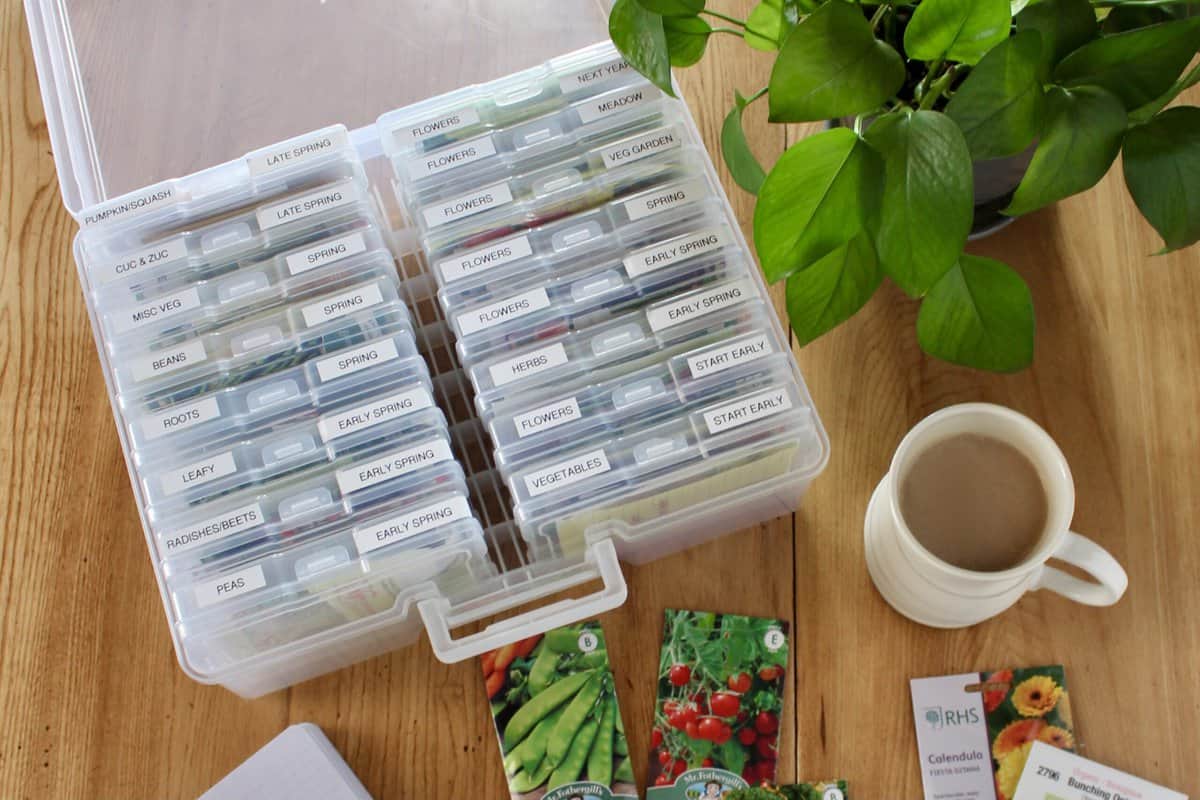

Articles
How To Store Cloud Bread
Modified: May 6, 2024
Discover the best method for storing cloud bread in this informative article. Keep your cloud bread fresh and tasty for longer with these helpful tips.
(Many of the links in this article redirect to a specific reviewed product. Your purchase of these products through affiliate links helps to generate commission for Storables.com, at no extra cost. Learn more)
Introduction
Welcome to the wonderful world of cloud bread! If you’ve recently discovered this fluffy, low-carb bread alternative, you’re in for a treat. With its light and airy texture, cloud bread has become a popular choice for those following a low-carbohydrate or gluten-free diet. It’s also a versatile option that can be used as a base for sandwiches, toast, or even a standalone snack.
But what happens when you make a big batch of cloud bread and can’t eat it all in one sitting? Can you store it for later use? The good news is, yes, you can! In this article, we’ll explore the different methods for storing cloud bread and provide you with some helpful tips to keep it fresh and delicious.
Before we dive into the storage methods, let’s take a closer look at what cloud bread actually is and why it has become so popular.
Key Takeaways:
- Cloud bread is a versatile, low-carb alternative that can be stored at room temperature, in the refrigerator, or freezer. Proper storage and reheating methods ensure its freshness and delightful texture for extended enjoyment.
- Whether you’re following a low-carb or gluten-free diet, cloud bread offers convenience, prevents waste, and maintains its freshness when stored properly. From room temperature to freezer storage, you can enjoy this fluffy bread alternative with ease.
Read more: How To Store Files In The Cloud
What is Cloud Bread?
Cloud bread is a unique bread alternative that gained popularity in recent years, primarily amongst individuals following low-carbohydrate or gluten-free diets. The name “cloud bread” is derived from its light and airy texture, resembling fluffy clouds.
Unlike traditional bread made with flour, yeast, and other leavening agents, cloud bread is made using only a few simple ingredients. The typical cloud bread recipe consists of eggs, cream cheese, cream of tartar, and a sweetener. These ingredients are combined and baked, resulting in a bread-like product that is soft, moist, and spongy in texture.
One of the main reasons why cloud bread has gained so much popularity is its low carbohydrate content. Traditional bread is usually high in carbohydrates, making it a less favorable choice for those on low-carb diets. Cloud bread, on the other hand, is significantly lower in carbohydrates due to the absence of flour. It’s also a gluten-free option, making it suitable for individuals with gluten sensitivities or Celiac disease.
Cloud bread offers a versatile and customizable base for various recipes. It can be used as a substitute for bread in sandwiches, as a base for low-carb pizza crust, or even as a sweet treat with toppings like berries and whipped cream. Its neutral flavor allows it to complement both savory and sweet flavors, making it a favorite among food enthusiasts.
Overall, cloud bread is a fantastic option for those looking to reduce their carbohydrate intake while still enjoying a bread-like product. Now that we understand what cloud bread is, let’s explore why it’s essential to store it properly.
Why Should You Store Cloud Bread?
When it comes to cloud bread, storing it properly is crucial to ensure its freshness and maintain its delightful texture. Here are some key reasons why you should take the time to store your cloud bread:
- Convenience: Cloud bread is a convenient option for individuals on a low-carb or gluten-free diet. By storing it properly, you can have a quick and easy bread alternative readily available whenever you need it. This is especially beneficial if you’re busy or don’t have the time to prepare fresh cloud bread every day.
- Preventing Waste: Cloud bread is typically made in batches, and it’s not always possible to finish it all at once. By storing your cloud bread properly, you can prevent it from going to waste and enjoy it over several days or even weeks.
- Longevity: Properly stored cloud bread can maintain its freshness and texture for an extended period. This allows you to enjoy the bread-like experience even if you’re not consuming it immediately after baking.
- Versatility: Cloud bread can be used in various recipes, ranging from sandwiches to desserts. By storing it properly, you can have a versatile ingredient on hand to whip up quick and delicious meals or snacks.
Now that we understand the importance of storing cloud bread, let’s explore some tips and methods to keep it fresh and delicious.
Tips for Storing Cloud Bread
Storing cloud bread properly is essential to maintain its freshness and preserve its delightful texture. Here are some helpful tips to keep in mind:
- Cool Completely: Before storing cloud bread, make sure to let it cool completely. This helps prevent condensation, which can lead to a soggy texture.
- Wrap Tightly: Whether you’re storing cloud bread at room temperature, in the refrigerator, or freezer, it’s important to wrap it tightly to prevent air exposure. This helps to maintain its moisture and prevent it from drying out or becoming stale.
- Use Airtight Containers: Using airtight containers is the best way to store cloud bread. It helps to keep out moisture and air, preserving the bread’s freshness and texture.
- Avoid Direct Contact: When storing cloud bread, be sure to avoid direct contact with other strongly flavored foods. Cloud bread has a mild taste, and it can absorb odors and flavors easily. Keep it separate to maintain its original taste.
- Label and Date: If you’re storing cloud bread for an extended period, it’s helpful to label and date the containers. This way, you can keep track of how long it has been stored and avoid consuming bread that has exceeded its optimal storage time.
Now that we know the tips for storing cloud bread, let’s explore the different methods you can use to store it.
Method 1: Room Temperature Storage
If you plan to consume your cloud bread within a couple of days, storing it at room temperature is a feasible option. Here’s how you can store cloud bread at room temperature:
- Cool Completely: Allow your cloud bread to cool completely on a wire rack after baking. This ensures that it retains its shape and texture.
- Wrap Individually: Once cooled, wrap each piece of cloud bread tightly in plastic wrap or place them in separate zip-top bags.
- Store in a Cool, Dry Place: Find a cool and dry spot in your kitchen or pantry to store the wrapped cloud bread. Avoid areas that are exposed to direct sunlight or excess moisture, as they can affect the bread’s quality.
- Check for Freshness: Before consuming the stored cloud bread, check for any signs of spoilage. Look for mold, unusual odors, or texture changes. Discard any pieces that appear compromised.
Remember, storing cloud bread at room temperature is best for short-term storage. If you don’t plan to consume it within a couple of days, it’s recommended to use alternative storage methods to maintain its freshness.
Now that we’ve covered room temperature storage, let’s move on to the next method: refrigerator storage.
Store cloud bread in an airtight container at room temperature for up to 2 days, or in the refrigerator for up to 1 week. To maintain its texture, avoid storing it in a humid environment.
Read more: How To Make A Cloud Lamp
Method 2: Refrigerator Storage
If you want to store cloud bread for a longer period, refrigeration is the way to go. Here’s how you can properly store cloud bread in the refrigerator:
- Cool Completely: Allow your cloud bread to cool completely after baking. This helps prevent condensation and maintains its texture.
- Wrap with Plastic Wrap: Wrap each piece of cloud bread individually with plastic wrap. This helps to keep it moist and prevent it from drying out in the refrigerator.
- Place in an Airtight Container: After wrapping the cloud bread, place it in an airtight container. This helps to further protect the bread from air exposure and maintain its freshness.
- Store in the Refrigerator: Find a designated spot in your refrigerator to store the container of cloud bread. Ideally, place it on a middle shelf where the temperature is most consistent.
- Check for Freshness: Periodically check the stored cloud bread for any signs of spoilage. If you notice mold growth, unusual odors, or a significant change in texture, discard the affected pieces.
Cloud bread stored in the refrigerator can typically stay fresh for up to 5 days. Remember to keep it in an airtight container to retain its moisture and prevent absorption of other odors from the refrigerator.
If you plan to store cloud bread for an even longer period, freezing is the most effective option, which we will cover next.
Method 3: Freezer Storage
Freezing cloud bread is an excellent option if you want to store it for an extended period. Proper freezer storage helps to maintain its freshness and texture. Here’s how you can store cloud bread in the freezer:
- Cool Completely: Allow your cloud bread to cool completely after baking. This ensures that it retains its shape and texture during the freezing process.
- Wrap with Plastic Wrap: Individually wrap each piece of cloud bread with plastic wrap. This helps to protect it from freezer burn and maintain its moisture.
- Place in a Freezer Bag: Once wrapped, place the wrapped cloud bread pieces in a freezer-safe zip-top bag. Squeeze out any excess air before sealing the bag tightly.
- Label and Date: It’s important to label the freezer bag with the date of freezing. This helps you keep track of the storage time.
- Store in the Freezer: Place the freezer bag with the wrapped cloud bread in the freezer. Ensure it is placed in a flat position to retain its shape.
- Thawing: When you’re ready to consume the frozen cloud bread, thaw it in the refrigerator overnight. This gradual thawing process helps to maintain its texture.
- Check for Freshness: After thawing, check the cloud bread for any signs of spoilage, such as mold or an off-putting odor. Discard any pieces that appear compromised.
Properly stored cloud bread in the freezer can last for up to 2 months. It’s a convenient option if you want to have a stockpile of cloud bread for future use.
Now that you know how to store cloud bread in the freezer, let’s move on to how to properly reheat it.
How to Properly Reheat Cloud Bread
Reheating cloud bread is simple and allows you to enjoy it warm and fresh. Here’s the recommended method for reheating cloud bread:
- Preheat the Oven: Preheat your oven to 350°F (175°C) to ensure even heating.
- Remove from Storage: Take the desired amount of cloud bread from the storage method you used (room temperature, refrigerator, or freezer).
- Wrap in Foil: Wrap the cloud bread pieces in aluminum foil. This helps to retain moisture and prevent excessive drying during reheating.
- Place in Oven: Put the wrapped cloud bread in the preheated oven and bake for approximately 5-10 minutes. The exact time may vary based on the size and thickness of the bread.
- Check for Warmth: Remove the cloud bread from the oven and carefully unwrap it. Check if the bread is warm throughout. If not, you can return it to the oven for additional heating if needed.
- Serve and Enjoy: Once the cloud bread is warmed to your liking, it’s ready to be served. Enjoy it as a sandwich, as toast, or as a tasty snack!
Reheating cloud bread in the oven helps to revive its soft and fluffy texture without compromising its taste. It’s important to avoid overheating, as it can lead to dryness. Keep a close eye on the bread while reheating to ensure it doesn’t become too crisp.
Now that you know how to properly reheat cloud bread, you’re ready to store it, preserve its freshness, and enjoy it whenever you crave a delicious and low-carb option.
Conclusion
Cloud bread is a remarkable bread alternative that has gained popularity among individuals following low-carb or gluten-free diets. Its fluffy texture and versatility make it a favorite choice for those looking for a healthier option without sacrificing taste or satisfaction.
When it comes to storing cloud bread, proper storage methods are essential to maintain its freshness and texture. Whether you choose room temperature storage for short-term use, refrigerator storage for a few days, or freezer storage for longer periods, following the recommended guidelines will ensure that your cloud bread stays delicious.
Remember to cool your cloud bread completely before storing it and wrap it tightly in plastic wrap or airtight containers to prevent moisture loss. Labeling and dating your stored cloud bread can help you keep track of its freshness. When you’re ready to enjoy your cloud bread, proper reheating in the oven ensures that it retains its softness and fluffiness.
By utilizing these storage and reheating methods, you can enjoy cloud bread beyond its immediate baking. It’s a convenient way to save time, prevent waste, and have a satisfying bread option readily available whenever you need it.
So go ahead and indulge in the world of cloud bread, and elevate your low-carb or gluten-free diet with this delightful bread alternative. With proper storage and reheating techniques, you can enjoy the wonderful taste and texture of cloud bread whenever your cravings strike.
Excited about keeping your cloud bread fresh? Wondering how to apply similar strategies to other food items? You'll find plenty of valuable insights in our guide to the best methods for keeping all your groceries in prime condition. From choosing the right containers to understanding optimal storage conditions, we cover all bases so you can maximize freshness and minimize waste. Don't miss out on our comprehensive review of food storage solutions perfect for any kitchen.
Frequently Asked Questions about How To Store Cloud Bread
Was this page helpful?
At Storables.com, we guarantee accurate and reliable information. Our content, validated by Expert Board Contributors, is crafted following stringent Editorial Policies. We're committed to providing you with well-researched, expert-backed insights for all your informational needs.

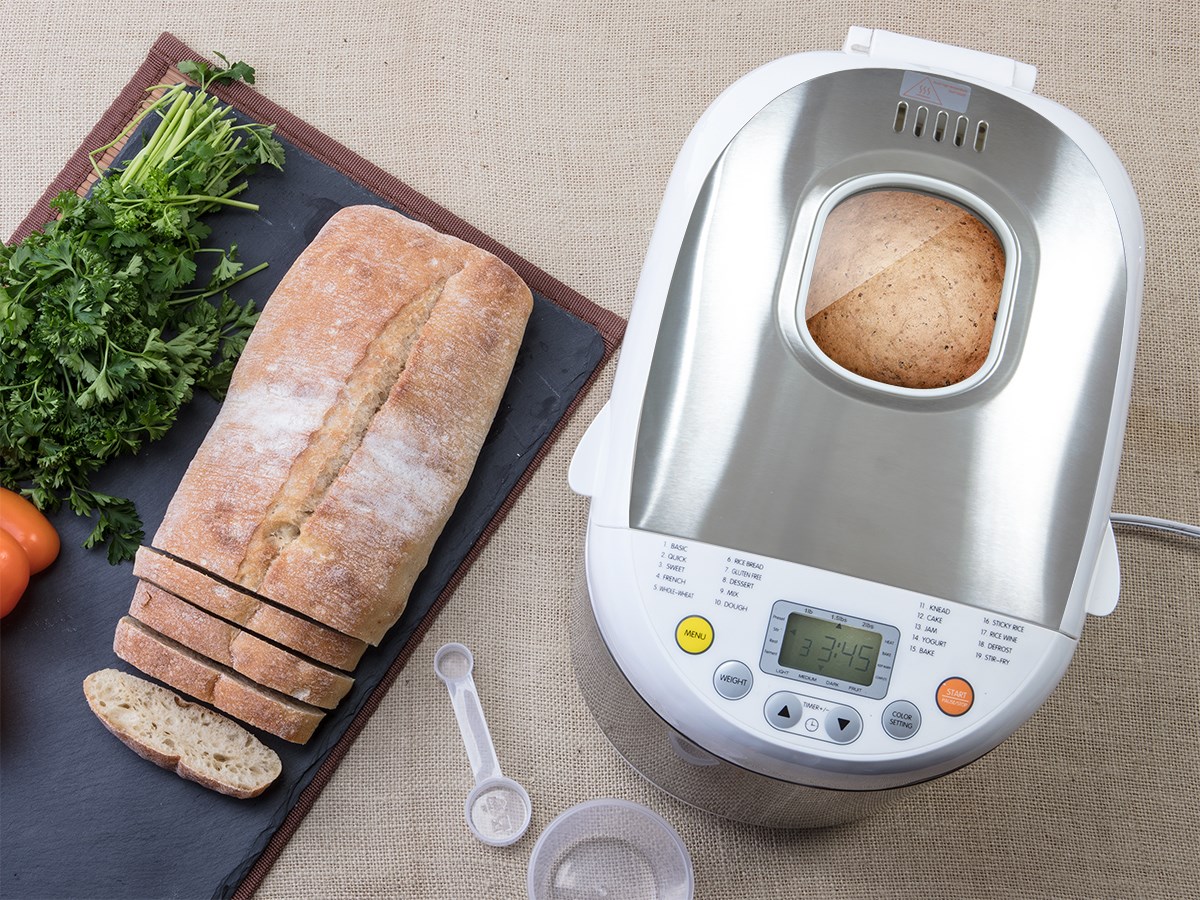




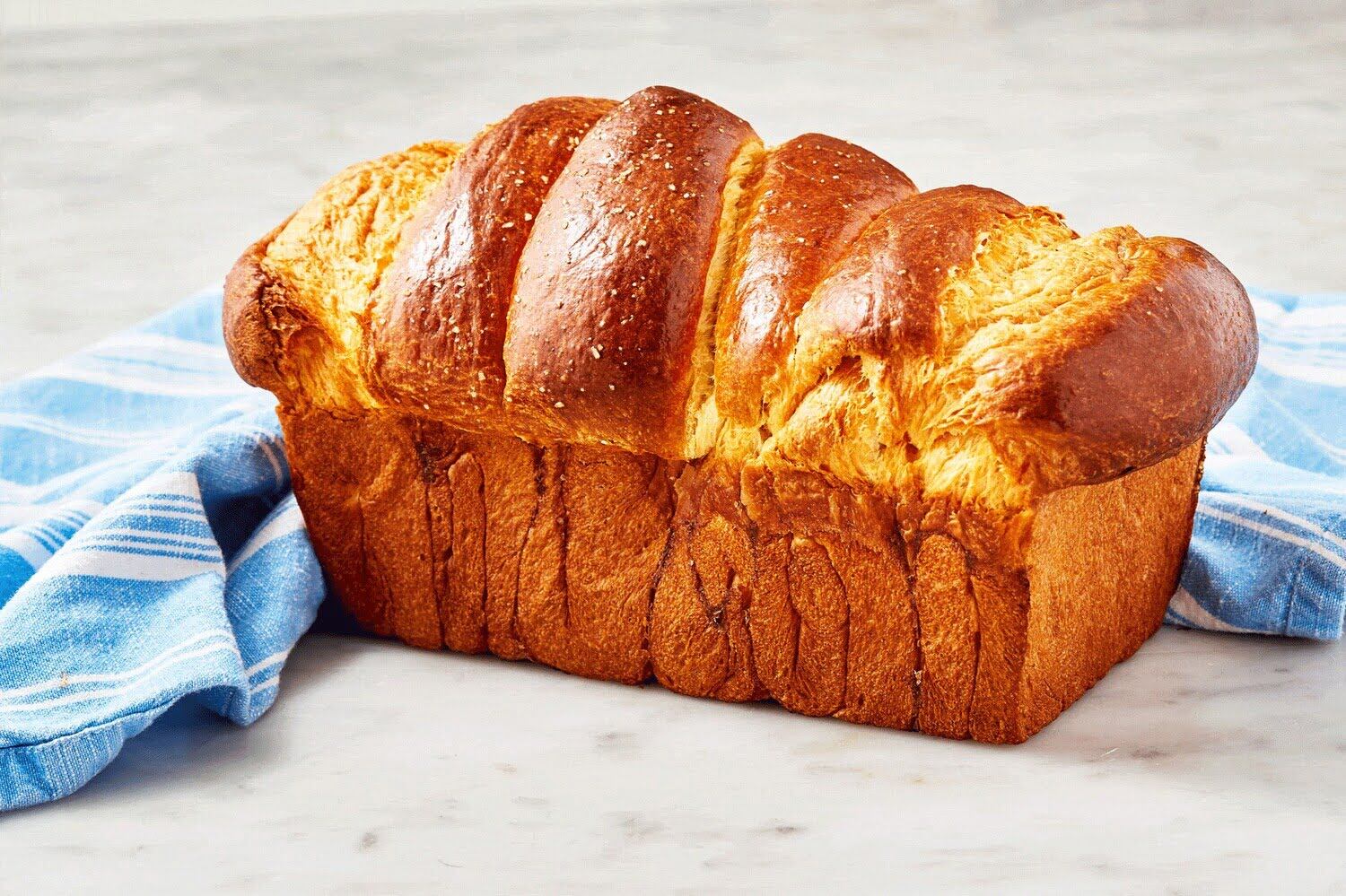


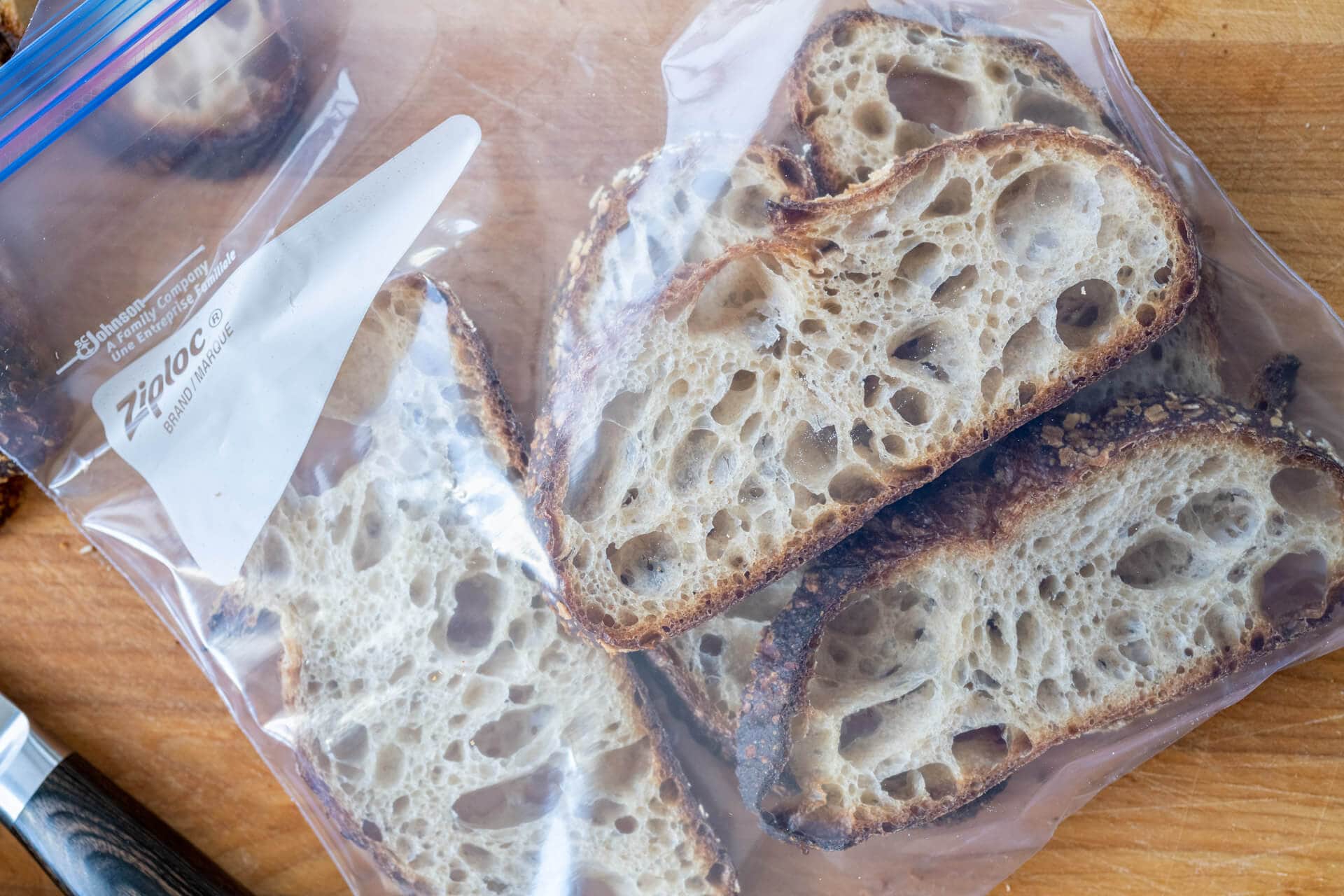
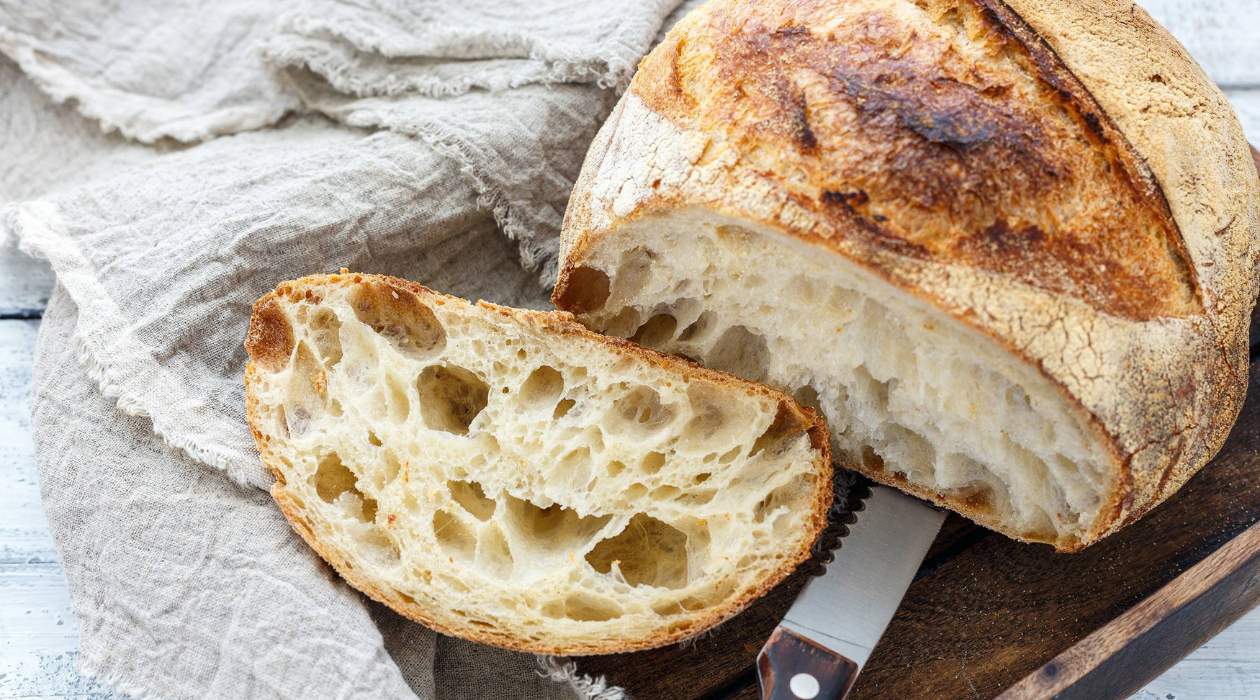




0 thoughts on “How To Store Cloud Bread”